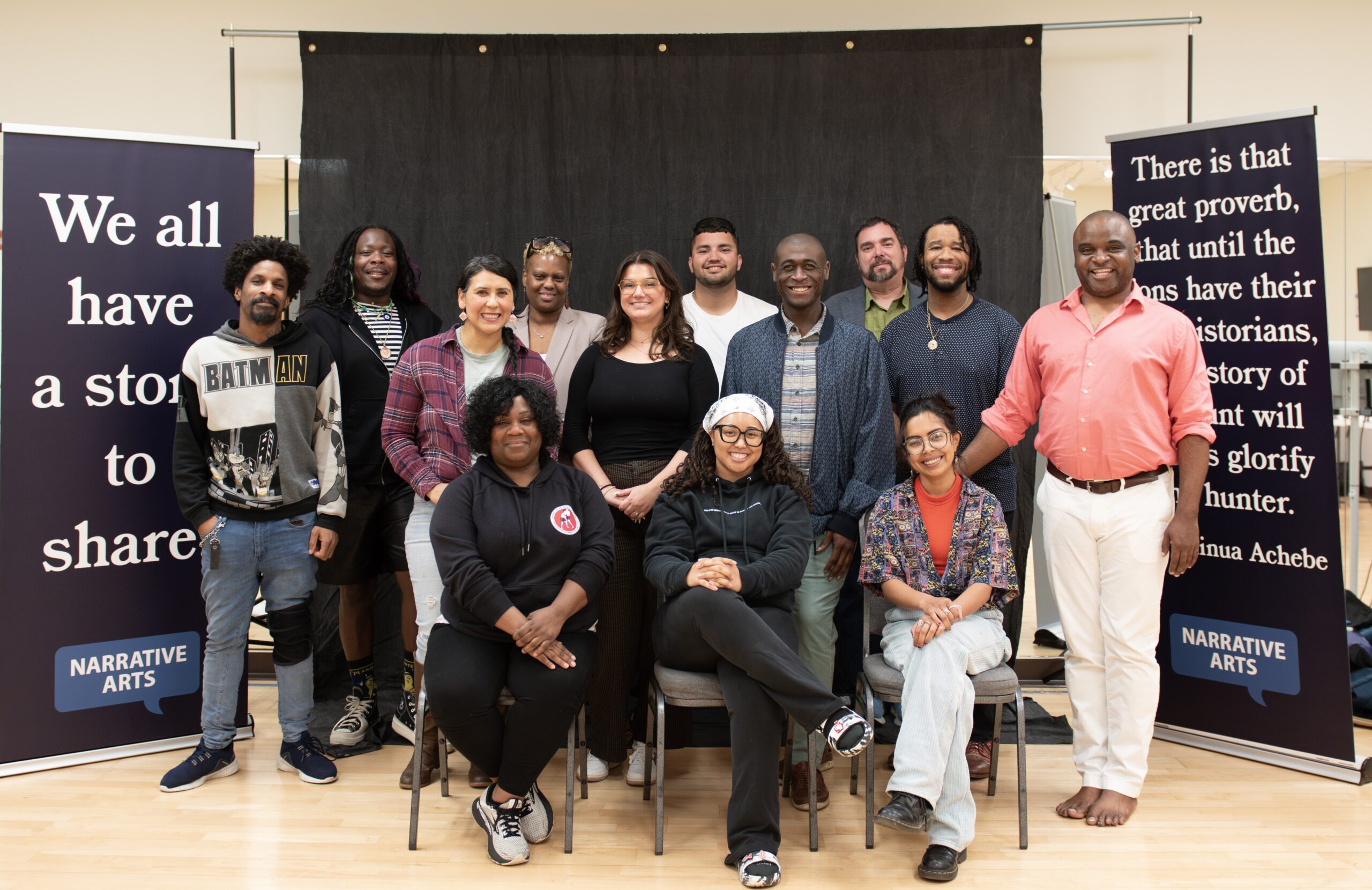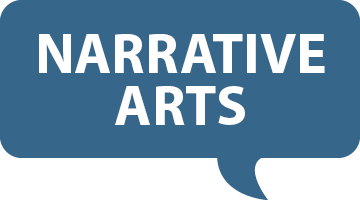Blog
How stories build trust—and power—in community

How do you get to know your neighbor? What does it mean to listen deeply to one another?
At Narrative Arts, these are not abstract questions. Alongside our partners, we’ve been exploring them through a collaborative storytelling process grounded in place and relationships. We chose the theme of social connection and isolation to guide this work—because connection is not a given; it’s a practice.
Creating space for people to speak and listen isn’t just about stories. It’s a central building block of community resilience—and a critical part of a healthy democracy.
One approach we use is the story circle. We gather 12–15 people from across backgrounds to sit together, break bread (often with local pizza), and listen without interruption. We’ve partnered with artists like Kevin Lee-Y Green and organizers like Wallyce Todd to co-facilitate. In some cases, we record stories and collaboratively edit them—creating what we call a story feedback loop, where stories are reflected back into the community they came from. This reflection process builds momentum towards collective action.
We also invite pairs of friends—longtime and new—to sit together and talk about their relationships. What emerges is often both a personal history and a map of place: a reminder that we are living archives of our communities, and that the moments we carry often outweigh the dominant noise of global culture. A culture more interested in selling you an item vs helping you navigate the realities of your daily life.

The stories that surface are by turns uplifting and difficult—enduring friendships, faith, sense of place, accounts of cancer, job loss, family tensions, and disaster. Fires. Floods. They remind us that what might appear to be a single chapter in a life often echoes across generations.
As filmmaker and theorist Trinh T. Minh-ha says, “a story is never just told—it is always retold, revised, and re-encountered.” We don’t speak about communities; communities speak for themselves in dialogue.
And we return to those communities, bringing wireless headphones, speakers, monitors—and host pop-up art installations in familiar spaces. We call it closing the loop—bringing the stories back for reflection and positive mirroring. At a recent sharing, one participant brought their family with them and asked, “Did I get it right?”—a quiet, powerful check-in on a vulnerable part of their story.
In this process, a story isn’t just shared. It’s echoed, witnessed, and lived. And we’ve seen how that reflection becomes the foundation for community power: trust, visibility, and the courage to act together.
If you’re working at the intersection of storytelling, equity, and community—let’s talk. We’re always looking to build with people who see narrative as strategy and care as infrastructure.
Learn more about our storytelling resources and read a local news story highlighting the work above.
